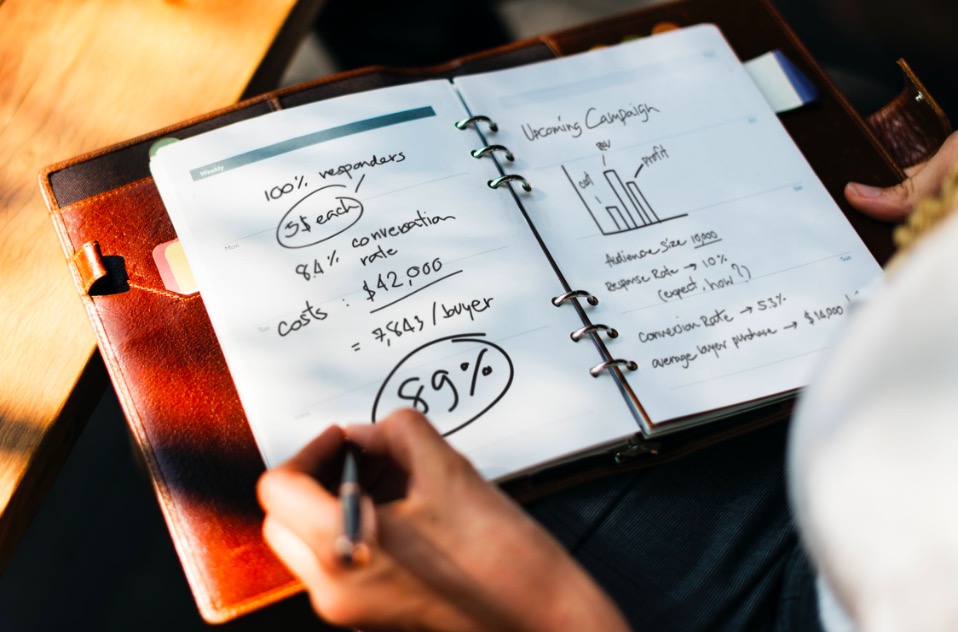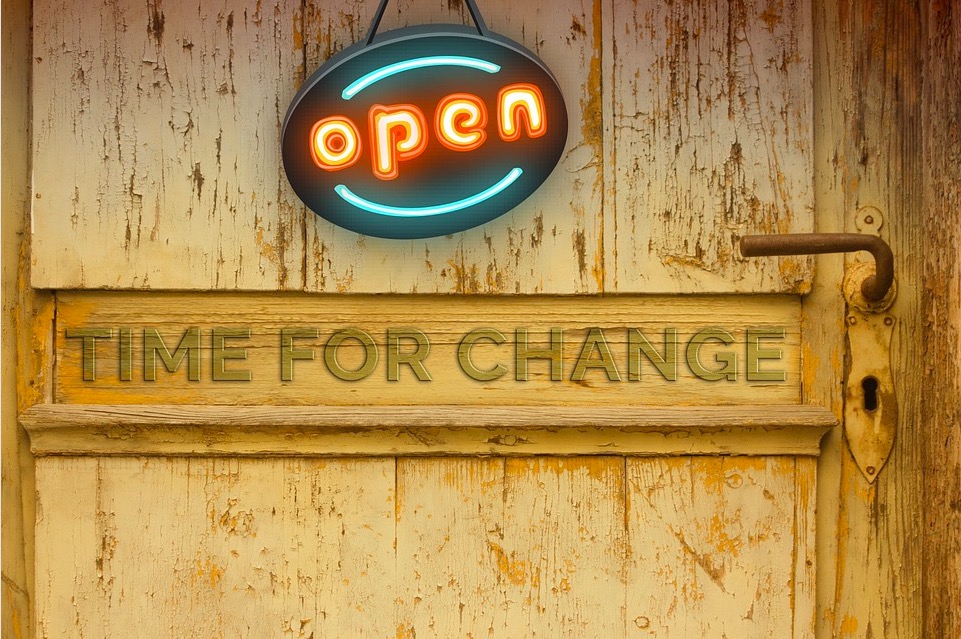Difficulties often come alongside making important decisions pertaining to business, profession, and life. While some choices can be made with ease and peace of mind due to their simplistic nature, others demand more time and attention, and rightly so. Every person has twenty four hours to spend each day, which is one of the most fascinating and terrifying aspects of constantly receiving new meaningful opportunities. We can say yes to good opportunities, even great ones… until we can’t.
These more complex decisions commonly occur when people exceed their presumed capacity to put more on their plate, because the resulting consequences inevitably alter day to day life. This is one of the reasons why I place such a high value on flexibility. In our humanity, we cannot fully know, understand, or control everything that will happen over the course of any given day, week, month, or year. As such, we need to readily make room for the unknown, carefully evaluating and reevaluating how we spend our time, energy, and resources.
If you find yourself in this position in life, don’t worry; you’re doing something right! Do everything in your power to hold on to the amazing things you have managed to accomplish, while remaining open to new opportunities that will help you continue to develop and grow.
On the other hand, if you still have plenty of room on your plate, don’t be afraid to pursue new endeavors. There are people out there who NEED your gifts. We can always accomplish more today than yesterday, and we can manage more tomorrow than we managed today… until we can’t.






